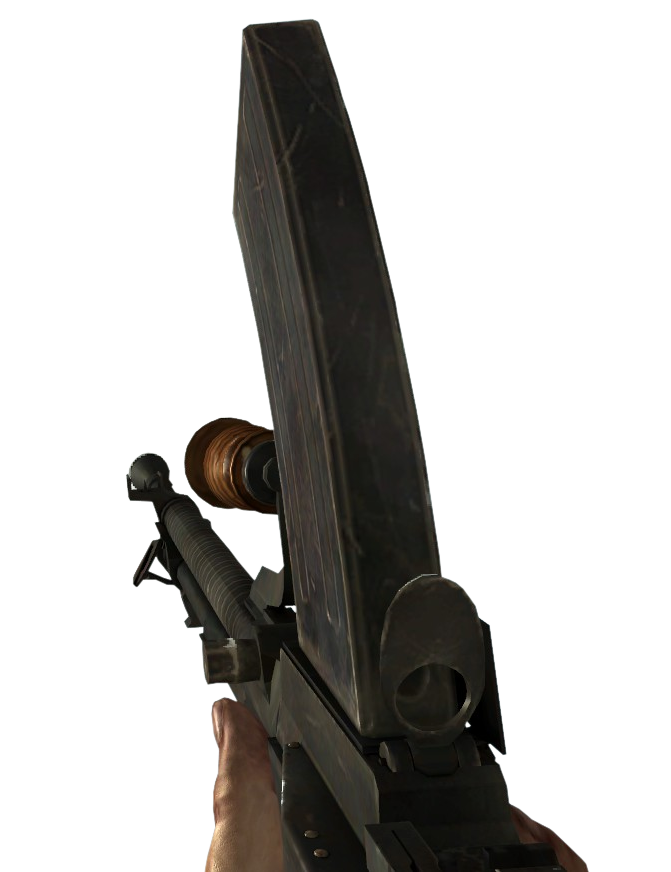
Power was increased by replacing the Hikari with the 626 kW (839 hp) Mitsubishi Kinsei 3 in a redesigned cowling, and the vertical tail was enlarged to help with the directional instability. The second aircraft was extensively modified before delivery to try to address the problems. The dive brakes vibrated heavily when extended at their design speed of 200 knots (370 km/h), and the Navy was already asking for a faster diving speed of 240 knots (440 km/h) The aircraft was underpowered and suffered from directional instability in wide turns, and in tighter turns it tended to snap roll. The first prototype was completed in December 1937, and flight trials began a month later, after which it was designated as D3A1. The aircraft was to be powered by the 529 kW (709 hp) Nakajima Hikari 1 nine-cylinder radial engine. It flew slowly enough that the drag from the landing gear was not a serious issue, so fixed gear was used for simplicity. The Aichi design started with low-mounted elliptical wings inspired by the Heinkel He 70 Blitz. Aichi, Nakajima, and Mitsubishi all submitted designs, with the former two subsequently being asked for two prototypes each.


In mid-1936, the Japanese Navy issued the 11-Shi specification for a monoplane carrier-based dive bomber to replace the existing D1A biplane then in service.


 0 kommentar(er)
0 kommentar(er)
